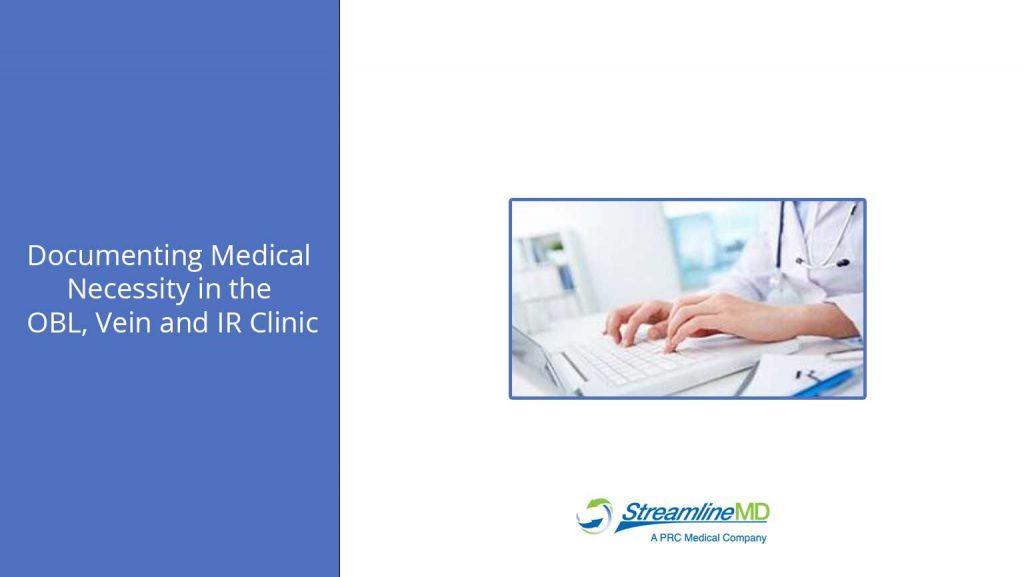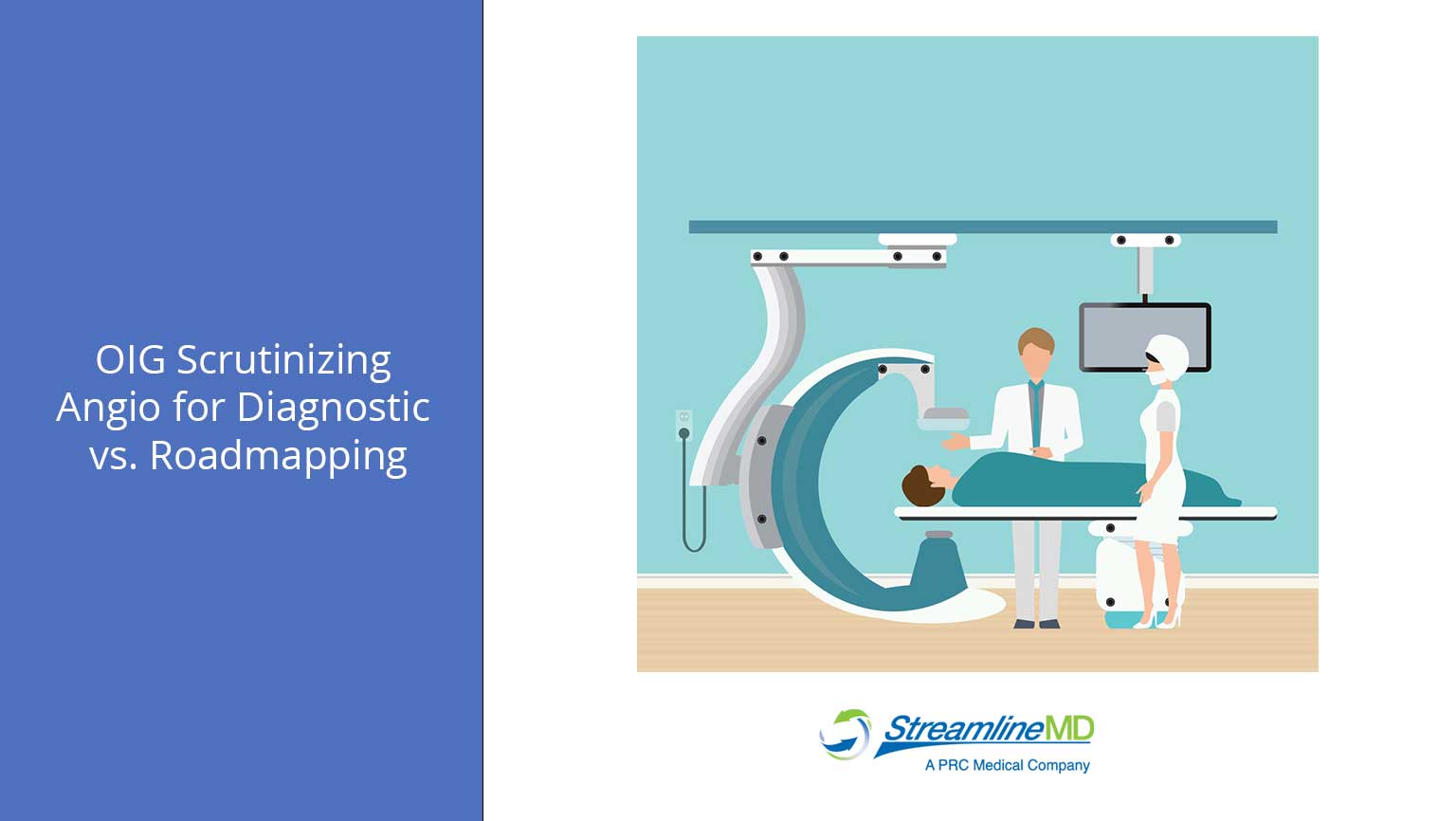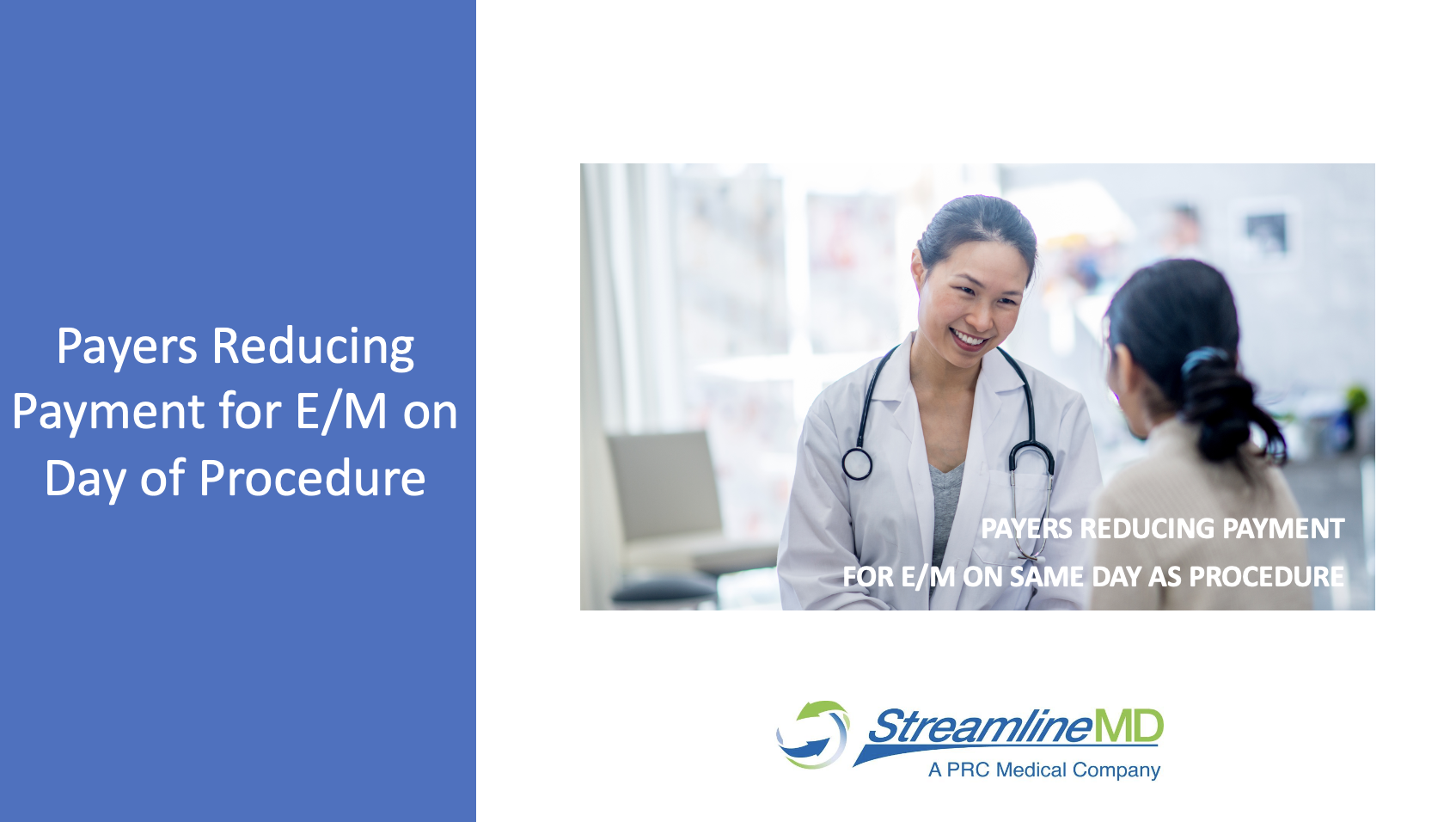The Medicare Claims Processing Manual states that medical necessity of a treatment is the overarching criteria for payment. This subject moved to the forefront of not just government and commercial payor audits, but also False Claims Act (FCA) actions in 2022.
Evaluation & Management (E/M) Medical Decision Making (MDM) for Medical Necessity.
The methodology previously used to measure Medical Decision Making (MDM) underwent a significant change in 2021. The former approach of determining MDM was developed to quantify the 1995 and 1997 documentation guidelines. However, that methodology didn’t always get a high enough score to represent the complexity of the presenting problem(s).
According to the E/M modifications in 2021, MDM entails establishing diagnoses, assessing the status of an illness, and/or adopting a care strategy. Providers will no longer be required to “count” points when diagnosing the overall level of MDM.
MDM is defined by three criteria.
- Scope: The scope and complexity of the provider’s discussion on the subject or issues during the office visit.
- Data volume and/or complexity: The amount and/or complexity of medical records, diagnostic tests, and/or other data that must be gathered, examined, analyzed, and processed. These are associated with the patient’s illness, diagnostic testing, or treatment.
- Risk: The possibility of serious consequences, morbidity, and/or mortality, as well as comorbidities connected with the patient’s presenting problem(s), diagnostic procedure(s), and/or treatment options.
*At a minimum, two of the three criteria for MDM must be met or exceeded.
Medical Necessity moved to the forefront of not just government and commercial payor audits, but also False Claims Act (FCA) actions in 2022.
When assessing providers’ documentation, payers determine if medical necessity is demonstrated, and their approval is often given based on subjectivity and personal interpretation.
You may do an in-depth initial evaluation and treatment plan, but if it is copied and pasted verbatim into a follow-up visit, it can attract the attention of an auditor. Therefore, edit and justify your medical necessity with care.
Policies Regarding NCD & LCD
Medical necessity findings are required by the CMS National Coverage Determination (NCD) or a Local Coverage Determination (LCD). NCDs and LCDs define the clinical conditions that support a service’s coverage (including whether the circumstances are considered reasonable and necessary). Local coverage rules vary in terms of quantity and content among providers.
Medicare-covered reimbursable services may be disallowed due to specific diagnoses, when a procedure is considered exploratory or experimental, or if a service is provided more frequently than the CMS guidelines allow. Thus, leaving the payer to conclude:
- The service was not medically necessary.
- The Provider did not provide appropriate documentation to justify medical necessity.
Providers are not required to use the same language in each note. Instead, findings and treatment specific to that particular day and patient should be accurately documented in the record. Copying and pasting is an enemy to supporting medical necessity and can often be interpreted as contradictory.
For example, at an initial visit, you may conduct a detailed plan of care, but it could become unsupported when copied and pasted verbatim into a subsequent office summary that has a different purpose or content. Be especially mindful that this area is often highly scrutinized by payers. Furthermore, the appropriate ICD-10 code must be documented in the medical record to demonstrate that the procedure was medically necessary. It’s never recommended to report a diagnosis solely because it appears on a payer’s approved list of diagnosis codes.
Conclusion:
To ensure success, edit and defend the medical necessity with clarity and thoroughness. Document in a way that someone with no medical knowledge can easily follow your thought process, MDM, and the medical necessity for the plan of care. Taking shortcuts with paperwork, especially in 2022, is not a good idea and will likely cost you money or more.
Candice Chandler CPC, CEMC
Coding Manager, StreamlineMD
References:
www.cms.gov › files › document
https://icd10monitor.com/excellent-documentation-is-necessary-to-meet-medical-necessity/
Disclaimer –Accurate coding is the responsibility of the provider. This summary is intended only to serve as a resource to assist in the billing process.




